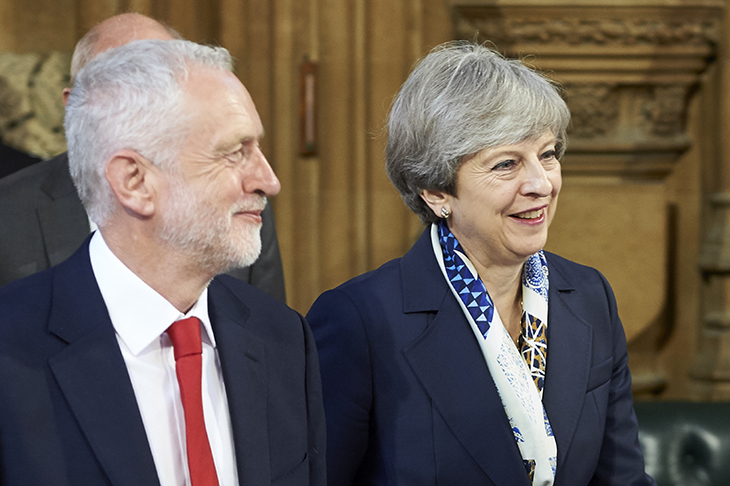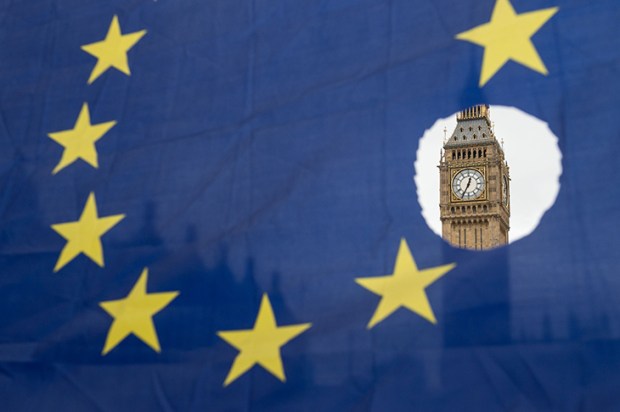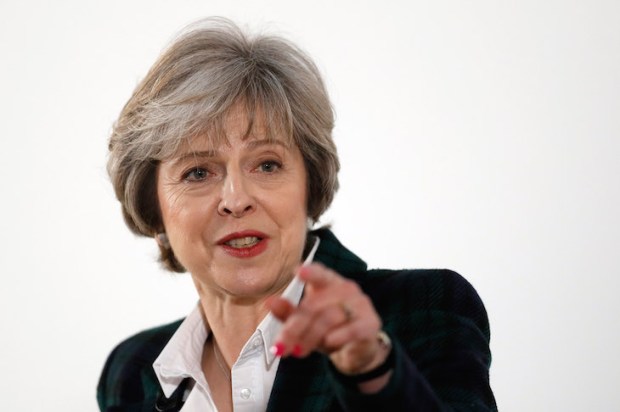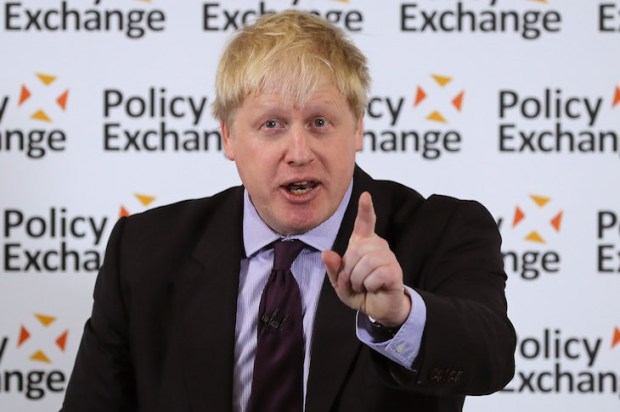The European elections were a gift for Britain’s two new political parties, Change UK and the Brexit party. But only the latter seized the opportunity.
Change UK have had myriad problems. They have been unable to settle on a name and a logo. Their MPs, exiles from the two main parties, have struggled to understand how minor parties get noticed. But the biggest problem seems to be that their strategy almost assumes Brexit has happened: how else to explain their failure to propose some kind of Remain alliance for this contest? In order to get lift-off, Change UK need Labour to have ‘betrayed’ Remain voters. But the Labour leadership has consistently tacked towards a second referendum to avoid a full-on breach with its Remain base.
The election results will polarise the Brexit debate further. The Brexit party’s success will be seen by many, including a sizable chunk of Tory MPs, as proof the public want a no-deal Brexit. This makes Tory MPs even less inclined to go along with the concessions Theresa May is offering Labour MPs in her attempt to get the Withdrawal Agreement Bill through. But it is worth remembering that the Tories’ poll numbers held up while May was trying to pass her deal, then plummeted after she opted for a Brexit delay.
On the other side of the House, the success of the Liberal Democrats and the Greens will be cited by Labour MPs as proof the party is paying a price for its Brexit ambiguity. These MPs will argue that their party must now back a second referendum in all circumstances; a position that Jeremy Corbyn inched towards this week. The Labour leadership knows that whatever its doubts about this policy, it will become the party’s position at its conference in September.
All of the above is bad news for May, whose position becomes more precarious by the hour: previously loyal government figures are predicting she might have to resign once the European election results are in. Her plan is to bring her Withdrawal Agreement Bill, with its various add-ons, to the Commons in the first week of June. She had little choice but to commit to this timetable. If she had not given a date, the 1922 executive would have allowed a fresh vote of no confidence in her leadership. The date was also set in the hope that the European elections might panic MPs into just getting Brexit sorted — based on a theory that if the Brexit party did well in Labour areas, there would be enough Labour MPs who would want the issue resolved before a general election.
But there has been little sign of this shift. The vast majority of Labour MPs, including those who sit for Leave seats, think that the bigger danger for the party is in losing Remain voters. At the same time, fewer Tory MPs will back this bill than backed the last attempt. The reason for this is that MPs such as David Davis, Iain Duncan Smith and Jacob Rees-Mogg fear that they cannot know where this bill might end up. They don’t want to vote it through, only to then find it being used to push through a customs union or even a second referendum.
Their concern ignores the fact that the bill could only be used to advance options which there is a Commons majority for. MPs who want a second referendum will scorn May’s offer to legislate for one if parliament votes for it, because they know that they don’t have the numbers in the Commons for it to succeed.
So with few Labour MPs willing to back the bill and Tory support diminishing, it has little chance of passing. One cabinet minister told me ‘no one thinks there’s a point’ in bringing the bill to the house and even the whips don’t believe it will pass. Over the coming days, there will be growing cabinet pressure for May to pull this vote. Ministers also know that if they all vote for the bill, it will be a gift to Boris Johnson’s leadership campaign.
May’s desire to have one last go at passing her Brexit deal is understandable, on a human level. If, by some chance, it could pass second reading, it would suddenly gather momentum and the whole situation would look very different. But there’s no chance of that happening without Labour abstaining.
If the situation doesn’t change, May should accept that she cannot get a Brexit deal through and resign. The longer she holds on, the more she poisons the well for her successor. It would mean that a Withdrawal Agreement Bill could only be brought back to the Commons in a new session of parliament, which would take weeks to arrange. This would require a new Queen’s Speech, and a renewal of the Tory / DUP confidence and supply deal, which is far from certain given the tensions between them.
The only way to get a Brexit agreement through this hung parliament is to make either those who fear ‘no Brexit’ or those who worry about ‘no deal’ vote for the bill. But that can only be done when MPs believe that not voting for a deal will lead to one of those outcomes. Currently, both groups still think they can get their way.
May made a grave mistake in not resisting Yvette Cooper and Oliver Letwin’s anti no-deal legislation more fiercely. It has fatally compromised her ability to push her own deal through. As one cabinet minister puts it: ‘The only point of leverage is when you have a deadline and there isn’t a deadline at the moment.’ If the choice had been between leaving with no deal and leaving with May’s deal on 29 March, parliament would have taken the deal.
May’s successor must heed these lessons. He or she must make clear that Britain will not request a further extension and will leave the EU on 31 October. In those circumstances, I suspect the Commons would pass any new PM’s deal.
Got something to add? Join the discussion and comment below.
Get 10 issues for just $10
Subscribe to The Spectator Australia today for the next 10 magazine issues, plus full online access, for just $10.
You might disagree with half of it, but you’ll enjoy reading all of it. Try your first month for free, then just $2 a week for the remainder of your first year.















Comments
Don't miss out
Join the conversation with other Spectator Australia readers. Subscribe to leave a comment.
SUBSCRIBEAlready a subscriber? Log in